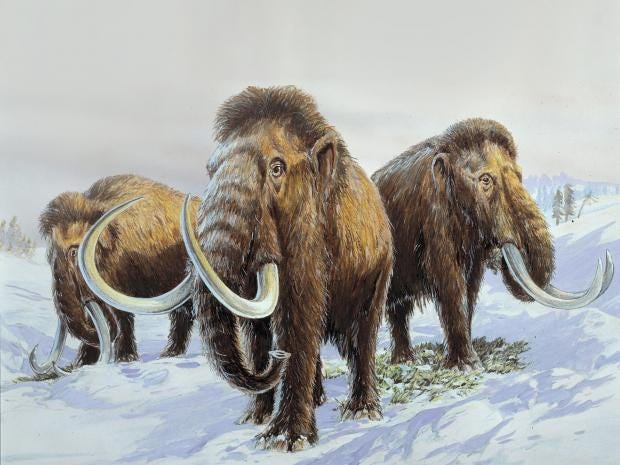Summary:
The Charity Fair. A time of year where we make products to sell for charity. This may seem simple, BUT NO. We first off must pick a charity that suits our passions and our group's passion. Then you must pick a product that correlates with your charities. Next you do tons of things like see the cost and profit of your product. You need to know at what price to sell it at. Then you need to see the charity statistics to check how reliable your charity is. Next we looked at the Carbon Footprint of our product. We have to see how much carbon out product released into the air by traveling to us. We also made special logo's to sell our company to passer byers. We wanted to attract them after all. We continued on that trend and made infomercials about our charities work to provoke emotion in people. Then we made an ignite presentation to pitch at the charity fair our product, and especially our charity. Then the icing on the cake we made a beautiful tri fold to show all the work.
Backwards Looking: In what ways do you think you need to improve?
With many assignments to do there is many ways to make an error. Just a few mistakes that I think I could have improved on but a main one was my journey of our product. In the journey of our product since we had two products was just jammed into one. That was not supposed to be so and it was intended to have two. I honestly believe that with the two we should have had it would be much more of a realistic representation of just one product. If someone was to want to make one of the two products it would be alot harder to find out exactly the effect of the product you would be making because it is all mixed together. So if I had more time and could improve this work I would separate this into two google maps for my audience to be able to understand more.
Inward Looking: What did you learn about yourself as you worked on this piece?
During this product I began to find my passion in this sort of work. I figured out that when I find a topic that really matters to me I can drive that passion into things like scripts and presentations. That is why in our presentation we start out by saying why this matters to the group. I believe that when people explain why they are passionate it makes other see how they can be passionate too. My overall strong suit is being able to drive emotion into my words and put meaning to presentations through images and word choice. So this project really was a great example of that skill in my life.
Outward Looking: What is one particular thing you want people to notice when they look at your work?
When people look at the Charity Fair Project I would like them to see the craftsmanship and creativity it took to think of our products, our logo, and our trifold design. Most things in the charity fair product are put there with much intention. For example all the designs of the necklaces were hand picked and put in to make a great assortment. On top of that the boxes of the design are perfectly fit so it rests perfectly in the bottle and folds up to make a clean design. Then as for our bracelets we made the shrinky dink designs correlate with the symbol of each color on the LGBTQ flag. Red represented with a heart, orange represented with a bandage, yellow represented with a sun, green represented with a tree, blue represented with a star, purple with a dove, and finally indigo with a tea cup. Then if you see the trifold it has a cloud design making it look like our logo which is a girl holding a rainbow in her hands like she is a rainbow over the clouds.
Forward Looking: One thing I would like to improve on?
If I could improve I would make sure that communication is the top priority. You never want to retrace your steps or miss the mark on things with a lack of communication. When you understand where everyone is at then you will know exactly what must be done. Then next step would be clear on what you are doing for the team and if there is a problem make sure you can keep a communication with your team and solve it really quickly.

